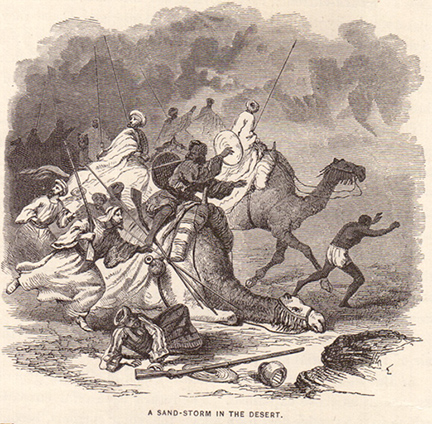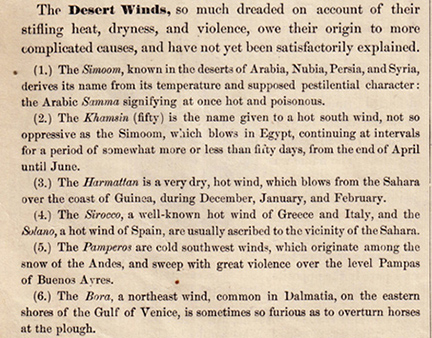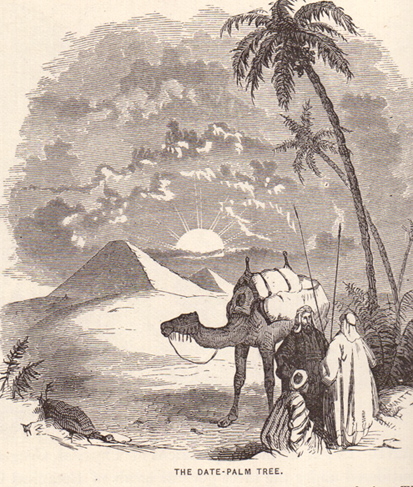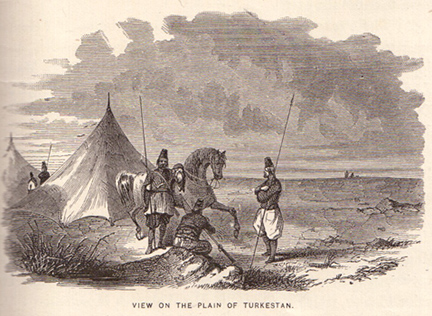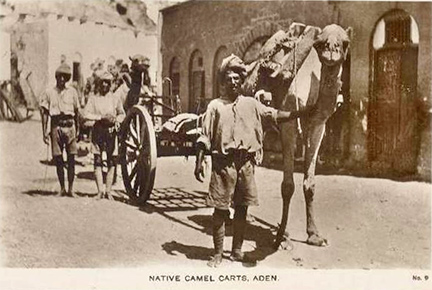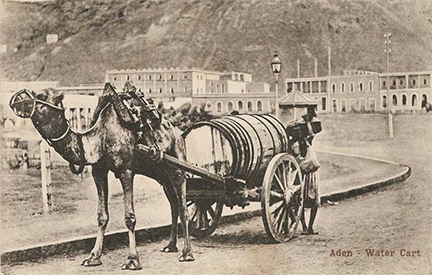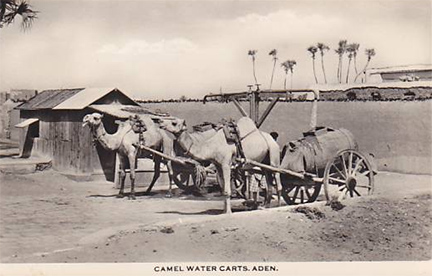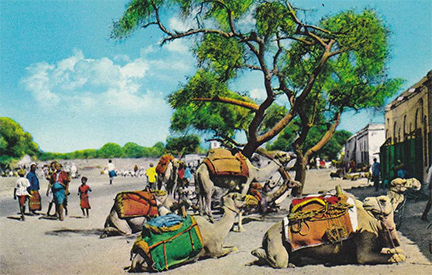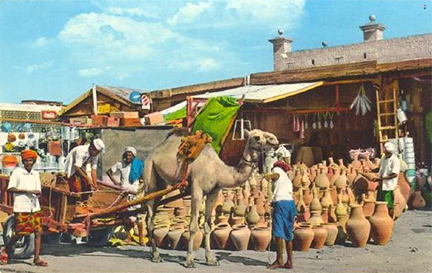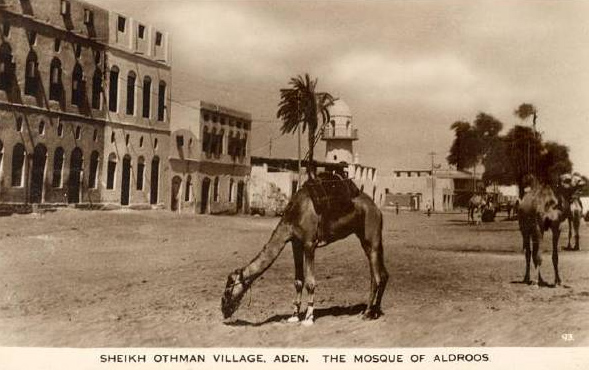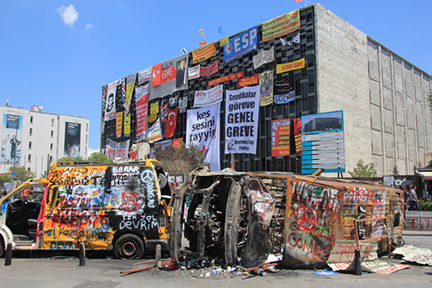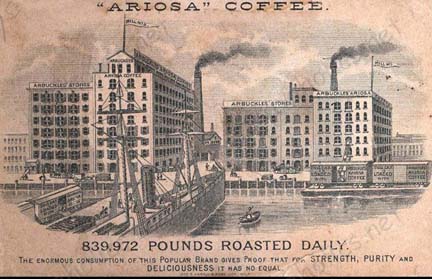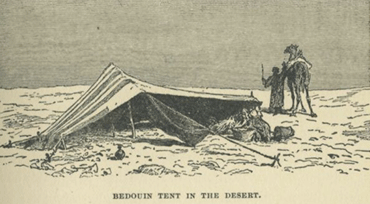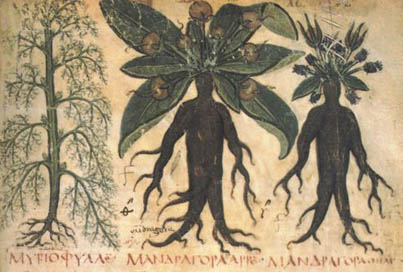
Mandrake (gr. ΜΑÎΔΡΑΓΟΡΑ, in capital letters). Folio 90 from the Naples Dioscurides, a 7th century manuscript of Dioscurides De Materia Medica (Naples, Biblioteca Nazionale, Cod. Gr. 1).
Ancient sportsmen took doping too, findings show
AYDIN – Anadolu Agency, Hurriyet Daily News, September 13, 2013
A large number of Turkish and international athletes recently banned for doping might have been born just 2,000 years too late, according to new archaeological findings in the Aegean province of Aydın that suggest using performance-enhancing drugs in ancient Greece was not only permitted but celebrated.
Locals living in the ancient city of Magnesia produced potions from the mood-altering plant mandrake, researchers have said, noting that their involvement with the drug gave them pride of place.
“Part of the [local] stadium was allocated for people who came from the ancient city of Ephesus. It is also observed that some political groups as well as bakers, gardeners, bird sellers had combined tickets. A tablet shows the most important part of the stadium, which has a capacity of 60 persons, was spared for a group of people called ‘Mandragoreitoi,’†said Turkish Professor Orhan Bingöl, who is leading archaeological excavations at the site, located in Aydın’s present-day district of Gemencik, noting that the Mandragoreitoi produced mandrake, the genus of which is mandragora. “That indicates that doping was not a crime back then, but rather that those who produced that substance had a special place in society and were encouraged.†Continue reading Athletic dopes
